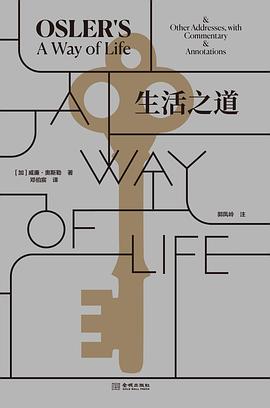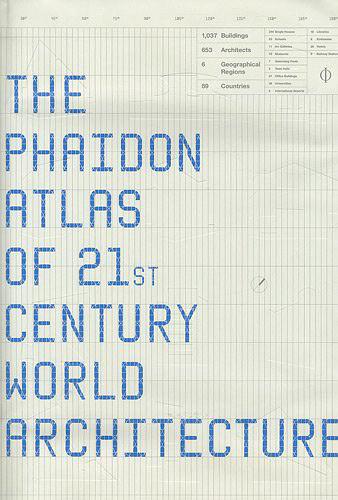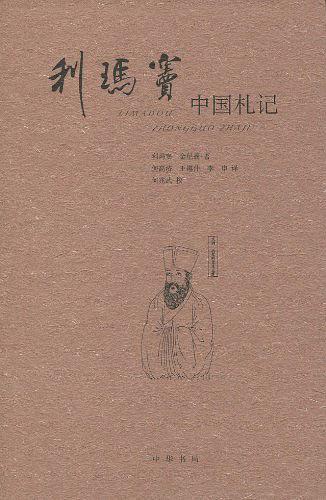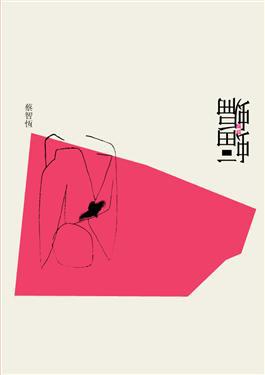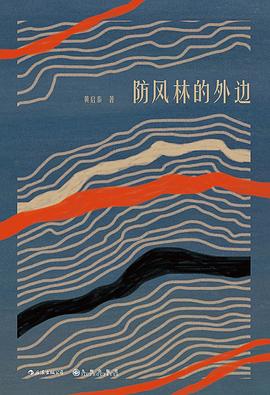Shaping the Lotus Sutra
内容简介
The Lotus Sutra has been the most widely read and most revered Buddhist scripture in East Asia since its translation in the third century. The miracles and parables in the "king of sutras" inspired a variety of images in China, in particular the sweeping compositions known as transformation tableaux that developed between the seventh and ninth centuries. Surviving examples in murals painted on cave walls or carved in relief on Buddhist monuments depict celestial journeys, bodily metamorphoses, cycles of rebirth, and the achievement of nirvana. Yet the cosmos revealed in these tableaux is strikingly different from that found in the text of the sutra. Shaping the Lotus Sutra explores this visual world.
Challenging long-held assumptions about Buddhist art, Eugene Wang treats it as a window to an animated and spirited world. Rather than focus on individual murals as isolated compositions, Wang views the entire body of pictures adorning a cave shrine or a pagoda as a visual mapping of an imaginary topography that encompasses different temporal and spatial domains. He demonstrates that the text of the Lotus Sutra does not fully explain the pictures and that a picture, or a series of them, constitutes its own "text." In exploring how religious pictures sublimate cultural aspirations, he shows that they can serve both political and religious agendas and that different social forces can co-exist within the same visual program. These pictures inspired meditative journeys through sophisticated formal devices such as mirroring, mapping, and spatial programming - analytical categories newly identified by Wang.
The book examines murals in cave shrines at Binglingsi and Dunhuang in northwestern China and relief sculptures in the grottoes of Yungang in Shanxi, on stelae from Sichuan, and on the Dragon-and-Tiger pagoda in Shandong, among other sites. By tracing formal impulses in medieval Chinese picture-making, such as topographic mapping and pictorial illusionism, the author pieces together a wide range of visual evidence and textual sources to reconstruct the medieval Chinese cognitive style and mental world. The book is ultimately a history of the Chinese imagination.
......(更多)
作者简介
Eugene Y. Wang is Abby Aldrich Rockefeller Professor of Asian Art, Harvard University.
......(更多)
目录
Acknowledgments ix
Introduction xiii
The Many Treasures Stupa: Visionary Signpost and Cognitive Model 3
The Apparitional Stupa 3
Images of the Many Treasures Stupa at Yungang: Cave 5 6
The Many Treasures Stupa Scene in Cave 169 at Binglingsi 13
Two Women's Vision and Threshold Moment 24
A Memorial Scenario 29
Beyond Narrative Space: Two Northern Wei Stelae 47
The Pivot of the Symbolic Universe 52
Textual Space and Pictorial Reconstitution 67
Imaginary Space in Texts and Pictures 67
Imaginary Topography and Protopicture 68
The Lotus Sutra as a Spatial and Temporal Fiction: Problems for the Painter 79
The Duplicity of Pictorial "Illustration'': Nirvana with a Royal Face 82
A Buddhist Paradise without a Buddha 102
Which One of the Three? Architectural Forms as Moral Choices 112
The Rhetoric of the Formal Design 119
The Circumstantial World and the Numinous Realm 122
The Royal Scenario and Circumstantial Referentiality 122
The Monastery of Reverence and Love (Jing'aisi) 132
The Yin Family at Dunhuang 139
Two Lotus Sutra Tableaux; Two Moods 141
The Daoist Turn circa 700 C.E. 146
Postmortem Scenario 151
The Patron Family's Agenda 176
The Ritual Space of the Cave Shrine 178
Mapping and Transformation 182
Enchanted and Generative Topography of Transformation 183
Numinous Vulture Peak and the Man-Bird Mountain 192
The Incantatory Landscape 206
The Guanyin Tableaux from Wanfosi 219
The Talismanic Landscape under the Tang 228
Mirroring and Transformation 238
Seeing as Piercing 238
The Shadow Image 245
The Mirror Image 247
Mirror Hall 256
Cave Shrine as Mirror Hall 262
Mirror and Gateway 277
Mystic Vision 292
Grotto Heaven 310
Chronotope and Heterotopia 317
The Lotus Sutra Topography as Threshold to Other Worlds 317
Pagodas, Miracles, Transformation Tableaux 321
Longhuta: The Iconographic Program of Its Relief Sculptures 330
The Buddhas of the Four Directions and the Rhetoric of Time 340
Temporal and Spatial Fiction of the Relic Pagoda 347
Chronotope and Traditional Cosmological Scheme 353
Between Past and Future 361
Here and There: From Subjugation of Demons to the Amitabha Pure Land 364
Transformation and the Inconceivable 371
Walking and Circumambulation 376
Agency of Transformation 380
Competing Pure Lands 382
The Primacy of the Tusita Heaven in the Longhuta 386
The Dense and the Sparse: Two Stylistic Modes and Their Implications 396
List of Abbreviations 398
Notes 399
Chinese Glossary 442
Bibliography 447
Illustration Credits 469
Index 475
......(更多)
读书文摘
......(更多)

